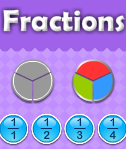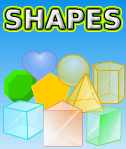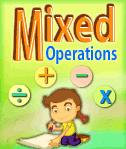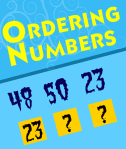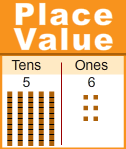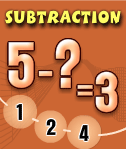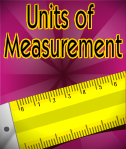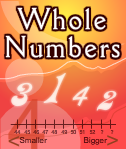- HOME
- QUIZZES
- FIRST GRADE
- MATH
Math Problems for 1st graders
Math Problems for 1st Graders
The First Grade is when mathematical foundations are built and when students begin to learn the basic facts that will carry them through life. They recognize numbers and learn how they fit into their world. Students should have a number of math skills by the end of the first grade. They should be able to identify and write numbers and shapes, work with patterns, and identify place value. In addition, they should begin to learn facts and see how numbers work on the number line.
What Math Should a 1st Grader Know?
Students will continue to practice addition and subtraction problems using basic facts as the numbers become more and more familiar to them. They will use pictures to help them learn the basics, and then learn to double numbers and complete one-digit and two-digit addition problems.
Using the number line, they can move up and down as they learn to solve number sentences, including three one-digit numbers. They will begin with sums up to 20, and then will work on adding larger numbers that may require regrouping. Moving up and down with tens and ones will also be a skill to master this year in 1st grade math.
Using the number line, they can move up and down as they learn to solve number sentences, including three one-digit numbers. They will begin with sums up to 20, and then will work on adding larger numbers that may require regrouping. Moving up and down with tens and ones will also be a skill to master this year in 1st grade math.
As 1st graders begin to learn to read, they will also be able to relate the number with the number word. They should also be able to count up to 120 and back down again, working up and down the number line with different problems.
They will also learn about the ones and tens place in a 2-digit number using visuals to understand the concept. They should be able to easily identify each. Students should be able to put 2-digit numbers in their correct order, and compare them using symbols.
They will also learn about the ones and tens place in a 2-digit number using visuals to understand the concept. They should be able to easily identify each. Students should be able to put 2-digit numbers in their correct order, and compare them using symbols.
1st graders will begin to explore fractions this year, learning the base fractions of one-half, one-third, and one-fourth. They will use visuals and basic shapes to learn these skills.
Students will review their knowledge of basic 2D shapes, including sides, corners, and angles for identification. They will then move into 3D shapes, learning about sides, edges, and faces. Working to see the similarities in shapes, students should be able to identify how shapes are similar and different, especially in reference to size and color. They will also learn to relate 2D and 3D shapes, and will practice identifying lines of symmetry.
Weight and clocks dominate in the first grade, as students begin to observe how the world works around them. Students will learn to read time on both an analog and digital clock, comparing both to see how they are related. They will also learn basic measurements of weight, beginning with comparing which weighs more, and then weighing with non-standard objects.
Fact Families are an important skill for students to master so that they can see the relationship between different number sentences and patterns. They will learn to double numbers this year, and learn about less-than and greater-than symbols and how to compare numbers this way.
They will also learn to identify equivalent number sentences as they learn the properties of addition, and learn to add up to 20. Working in groups of base ten blocks, they will use the hundred number chart to see things as multiples of tens or to count by tens from any given number.
They will also learn to identify equivalent number sentences as they learn the properties of addition, and learn to add up to 20. Working in groups of base ten blocks, they will use the hundred number chart to see things as multiples of tens or to count by tens from any given number.
How Do Turtle Diary’s Math Problems Help 1st Graders to Master These Skills?
Basic Lessons with Practice Quizzes
To keep math fun, Turtle Diary begins with the basics, introducing students to concepts one at a time. In this way, the concepts aren’t overwhelming and then can be sure they have mastered one before moving onto the next. The lessons and quizzes are scaffolded so that each builds upon the last. This helps students to feel both confident within a lesson and challenged at the same time.
Baby Steps
1st graders are still grasping the way the world works around them, so learning to relate and compare numbers becomes a huge step from counting from 1 to 10. They learn more about conceptual numbers, including weight and time, and see how these are used in the world. As their reading skills increase, they will be able to correlate that understanding to word problems and more complex math. Turtle Diary keeps it basic while aligning with common core concepts taught in the classroom.
Turtle Diary is the place to go for math questions for 1st graders who want some extra practice for the classroom skills they’re learning in school. In the 1st grade math worksheets are often given as a supplement, but Turtle Diary can help give students digital literacy as well as mathematics practice. Once they begin to get the basics, they can also use Turtle Diary math games to have fun with math while practicing their new skills.
Turtle Diary is the place to go for math questions for 1st graders who want some extra practice for the classroom skills they’re learning in school. In the 1st grade math worksheets are often given as a supplement, but Turtle Diary can help give students digital literacy as well as mathematics practice. Once they begin to get the basics, they can also use Turtle Diary math games to have fun with math while practicing their new skills.



